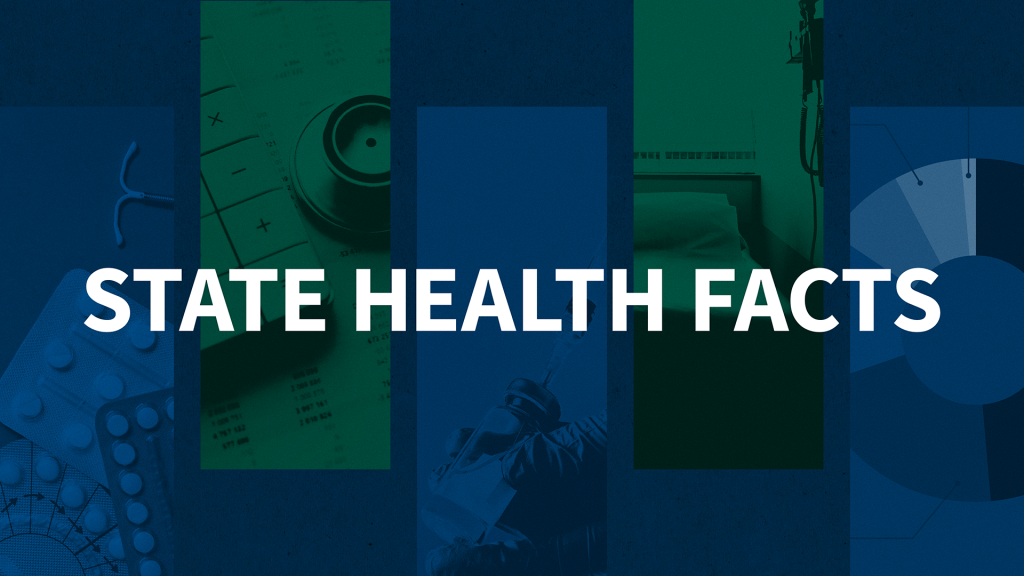The Ohio Health Care Landscape
This fact sheet provides an overview of population health, health coverage, and health care delivery in Ohio under the Affordable Care Act (ACA).
The independent source for health policy research, polling, and news.
KFF’s policy research provides facts and analysis on a wide range of policy issues and public programs.
KFF designs, conducts and analyzes original public opinion and survey research on Americans’ attitudes, knowledge, and experiences with the health care system to help amplify the public’s voice in major national debates.
KFF Health News is a national newsroom that produces in-depth journalism about health issues and is one of the organization’s core operating programs.
State Health Facts is a KFF project that provides free, up-to-date, and easy-to-use health data for all 50 states, the District of Columbia, and the United States. It offers data on specific types of health insurance coverage, including employer-sponsored, Medicaid, Medicare, as well as people who are uninsured by demographic characteristics, including age, race/ethnicity, work status, gender, and income. There are also data on health insurance status for a state's population overall and broken down by age, gender, and income.
This fact sheet provides an overview of population health, health coverage, and health care delivery in Ohio under the Affordable Care Act (ACA).
On Monday, July 28, the Kaiser Family Foundation held an interactive web briefing to examine the experiences and lessons of four states -- Colorado, Connecticut, Kentucky, and Washington -- that each established state-based Marketplaces, expanded their Medicaid programs, and successfully enrolled eligible individuals into Medicaid and Marketplace coverage under the ACA.
The Children’s Health Insurance Program (CHIP) was established in 1997 to provide coverage for uninsured children who are low-income but above the threshold for Medicaid eligibility. In 2009, and again in the Affordable Care Act (ACA), Congress extended federal funding for CHIP, but funding will expire a little over a year from now. Decisions about CHIP’s future funding will be consequential as more than 8 million low-income children were covered by CHIP at some point during 2012. To help inform the policy debate about CHIP, this brief reviews key data and evidence from the large body of research on the impact of children’s coverage.
On Monday, July 28 from 1
This brief highlights the experiences of four states—Colorado, Connecticut, Kentucky, and Washington—that established a State-based Marketplace (SBM), implemented the ACA’s Medicaid expansion, and achieved success enrolling eligible individuals into coverage. Based on interviews with key stakeholders in each state, it identifies effective strategies that contributed to enrollment and current priorities looking forward.
On Monday, July 14, 2014, the Kaiser Family Foundation and the Alliance for Health Reform will host a briefing to discuss CHIP, and why it was created, as well as experiences with children’s coverage through CHIP and Medicaid, and some of the key policy and financing questions around children’s health coverage looking forward.
This chart looks at the U.S. Supreme Court decision in the Hobby Lobby case involving the Affordable Care Act's (ACA) contraceptive coverage requirement. It examines how the Court answered four key questions in the case.
HIV in the Southern United States – Regional Challenges & Opportunities Download…
This issue brief provides an overview of health coverage and care in the South today, with a focus on demographics, the impact of the ACA coverage expansions, and ongoing efforts to improve the delivery system and safety net in the South.
© 2025 KFF
